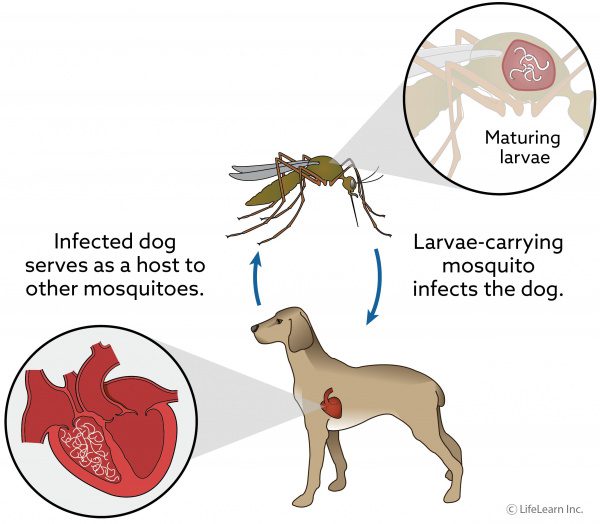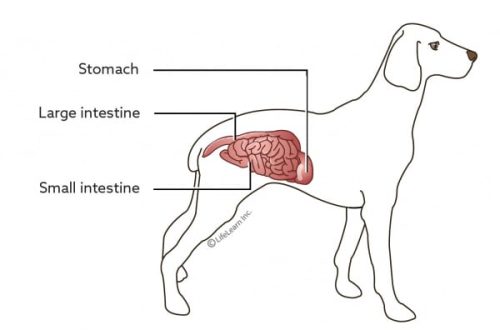
Heartworm i taifau: mea e tatau ona e iloa e uiga i ai
When you called your neighbor this morning to take her out for a walk in the park with your pets, you were very surprised that neither she nor her dog could see you. She just got back from the vet where she found out her pet has heartworm and wants him to be able to rest and recover.
Hearing this term, you did not quite understand what happens with heartworm in dogs. Will her dog survive? Can your pet get infected?
Mataupu
What is heartworm in dogs?
Dirofilariasis of the heart is a serious disease when a pet’s body is infested with heartworms (Dirofilaria immitis) that lodge in the pet’s heart, lungs, and related blood vessels. This disease is deadly and can lead to heart failure and lung disease, as well as exacerbation of current diseases.
You may be wondering: Are heartworms actually worms that live in a dog’s body? Technically, it is. No matter how disgusting it may sound, this type of parasite develops from larvae into adult worms. According to the US Food and Drug Administration, the life span of worms in an animal body can reach 5–7 years, and the size is 10–15 cm in males and 25–30 cm in females. We advise you to start digesting this information!
How can a dog get heartworms?
Dirofilariasis of the heart is spread by the bite of an infected mosquito with the transmission of a filaria larva, which then develops into a worm larva and then into an adult. After mating with a male, the adult female lays offspring in the blood vessels of the animal, which completes the life cycle of the worms.
The good news is that a dog with heartworm disease is not contagious to other pets (so your friend might still go for a walk with you). An infected dog cannot transmit the pathogen just by being around. Dirofilariasis of the heart can only be contracted through the bite of a mosquito-carrier.
Pay attention to the following symptoms of dirofilariasis of the heart
So what are the signs that a dog has heartworms? According to the US Food and Drug Administration, there are four stages of dirofilariasis of the heart, and different symptoms appear at different stages. Stage 1: You may not notice any symptoms, but if you do, it’s just a mild cough. The main symptoms appear in stage 2. You may notice that the dog gets tired more quickly after exercise or coughs intermittently. In stage 3, the symptoms become more obvious and involve a persistent cough. Your dog gets tired even from a small load. In stage 3, there is still difficulty in breathing.
And finally, stage 4, or the so-called vena cava syndrome. The cause of this condition is a large accumulation of worms that block the return flow to the dog’s heart, so immediate surgery is required. Without surgery, stage 4 is fatal. Heartworm disease does not progress to stage 4 in all dogs, but it is critical to determine the exact stage of the disease in a pet in order to rule out a worse outcome.
If you suspect that your dog has symptoms of heartworm disease, take him to the veterinarian immediately. The doctor will take a blood sample to determine if the animal has worms. If the dog is infected, the doctor will recommend treatment or surgery, depending on the condition.
How to prevent dirofilariasis of the heart?
The good news is that there are medications available to prevent heartworm infection. Your veterinarian may prescribe topical or oral medications, one tablet per month. Drugs to prevent infection must be taken throughout the year (despite the fact that mosquitoes die in winter), so do not skip medications. The necessary prevention will help you not to worry, but it is necessary to constantly monitor the change in the state of health of the pet. For more information, visit the Heartworm Society web page. Also, at your dog’s next checkup, be sure to check with your veterinarian, check the blood for worms, and ask about infection prevention measures to ensure your pet has a healthy life.






